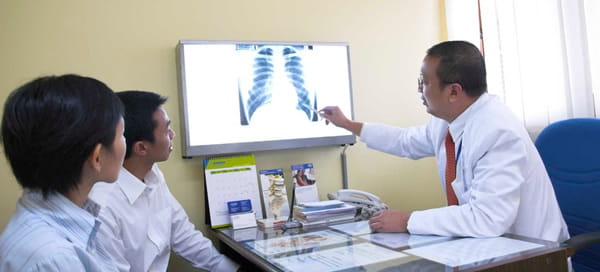Tuberculosis
Last updated: 21 February 2022
How to protect your global workforce and business from one of the world’s top infectious killers
World Health Organization (WHO) states that every year, 10 million people fall ill with tuberculosis (TB). Despite being a preventable and curable disease, 1.5 million people die from TB each year – making it the world’s top infectious killer.

TB is a serious condition that is contagious and spreads through the air – it can be found in every part of the world. However, TB can be prevented and cured with proper treatment. In fact, early diagnosis and treatment is crucial.
-
Assess and understand the risks of exposure at your destination: We analyse and evaluate any location you are sending your employees to and recommend measures that help mitigate risks.
-
Educate your travellers before they depart: Through our specialist medical information and education programmes, we help you to prepare your travellers for the local situation as well as giving advice on measures to take should the situation deteriorate.
-
Around the clock access for your travellers to specific local advice: Our qualified doctors and security specialists are there for your employees, no matter what, where or when.
-
Stay connected with your travellers and keep track of them in a high risk location: We make sure your employees receive the latest information and are prepared at all times.
What is Tuberculosis (TB)?
TB is a serious infection caused by the bacteria Myobacterium tuberculosis. It can be serious – even fatal – but is treatable with antibiotics.
TB usually affects the lungs though other organs can be affected.
What are the common symptoms?
Typical symptoms include:
- Cough (sometimes contains blood)
- Lethargy
- Weight loss
- Fever
- Night sweats.
People who have been infected may have ‘active TB’ and display symptoms, or they may show no symptoms at all ‘latent TB’. Latent TB is not infectious.
How does TB spread?
TB is spread from person to person through the air, but is not as easy to catch as colds or flu. Typically an uninfected person inhales droplets coughed or sneezed by an infected person with active disease.



